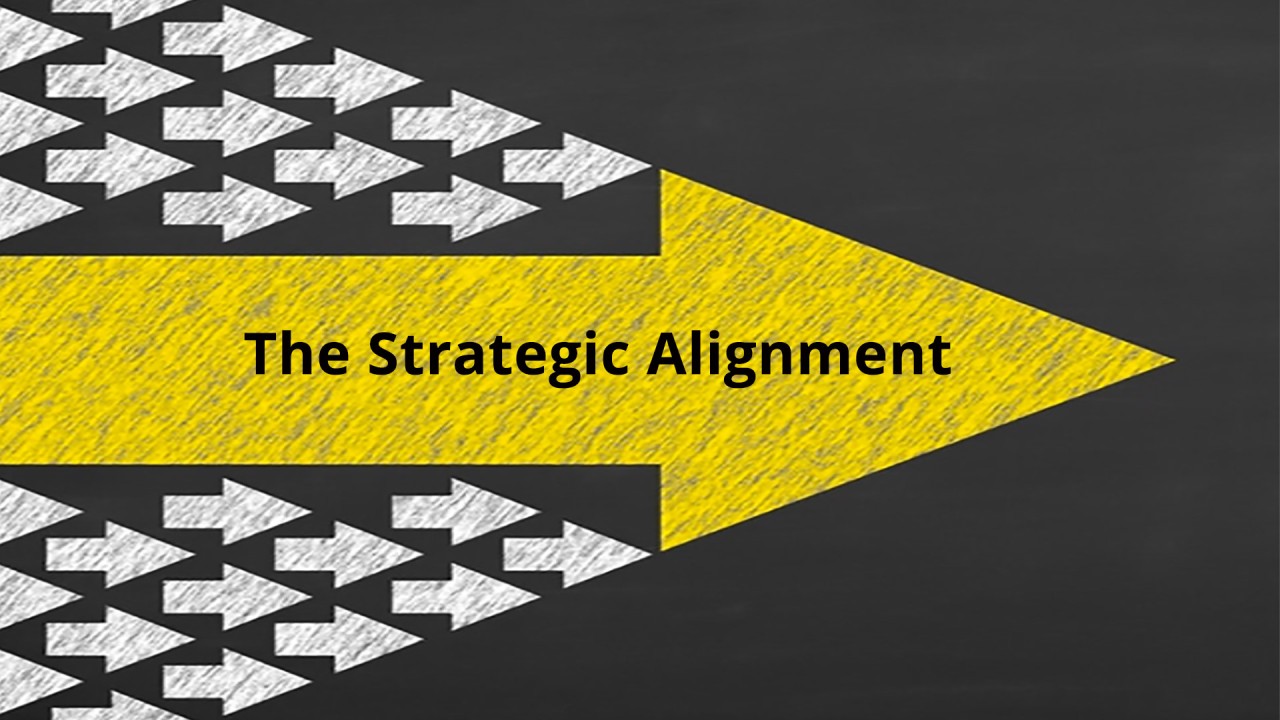As an employer brand, recruitment marketing, or talent attraction practitioner, it’s likely that your team is responsible for a lot. When building your employer brand strategy, it can often be difficult to determine where you should focus your time and what initiatives will make the most impact. What type of content should you create? What roles, teams, and regions should you focus on? Where should your budget go? How much time should you spend on enablement? Aligning your employer brand strategy with the overall talent strategy is the best way to ensure your team is making an impact on the business. Here are my top three tips for building an employer brand strategy that contributes to your company’s goals.
Tip 1: Understand the overall business goals
First, it’s important to understand your organization’s overall business objectives and how hiring contributes to them. One of the hardest parts of employer brand work is showcasing the ROI. The best way to do this is to align your priorities with the business priorities. Does your organization plan to expand its presence in a certain region? Have they identified a need to better serve customers through support or new products and services, resulting in increased headcount for a specific team or business unit? Maybe there is not a big hiring need at the moment and your efforts are better focused on brand awareness, nurture campaigns, or process improvements. Understanding how the hiring goals tie back to the overall business objectives will help you determine where you should spend your time and resources.
Tip 2: Build relationships with key stakeholders
Regardless of your role, success can also be attributed to the relationships you build. Consider who your key stakeholders are. When it comes to branding, this could be your company’s marketing and communications teams. When it comes to talent attraction, this will likely be your organization’s recruiting leadership team. I’d recommend building partnerships with all of these teams, but business objectives will help inform who you should begin with.
Whether or not you sit within the recruiting function, you are an extension of your organization’s talent acquisition team. I recommend setting up an ongoing cadence with each of your recruiting leaders to understand their respective hiring goals and pain points. Use this time to discuss priorities and challenges so that you can identify what employer branding initiatives and programs will make the most impact on their team.
Tip 3: Identify where you can make the most impact
You understand the business goals and how hiring contributes to them. You’ve created relationships with your stakeholders. Now you can begin to identify what employer branding initiatives will have the greatest impact. If you have an established employer brand program with access to historical data, use this data to guide you. Which initiatives typically provide the most ROI for your organization? If you’re just getting started, you may need to do some trial and error. Test new ideas and see what sticks!
Perhaps it’s volume hiring and you need to drive more applications through job ads. Maybe it’s increasing brand awareness in a new market. Work with your stakeholders to identify the needs and determine how you can engage and attract your key talent segments.
Every employer brand program is different based on the size of your team, your industry, and your budget. What works for some may not work for others. By building strong relationships with your stakeholders and understanding how hiring contributes to your company’s business goals, you can identify where employer branding will make the most impact and build an employer brand strategy that is aligned with the overall talent strategy at your organization.


